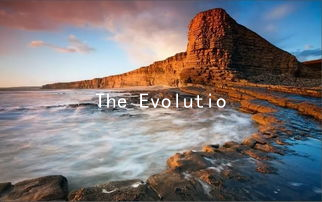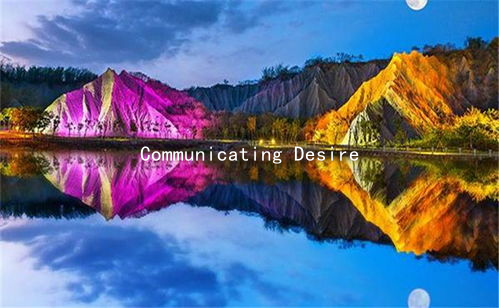The Evolution of Desire: How to Communicate About Future Intimacy
In todays fast-paced world, the dynamics of relationships have evolved significantly. Among the many aspects of nurturing a romantic connection, effective communication stands out as a vital skill, especially when discussing future intimacy. As society becomes more open to diverse relationship formats and sexual expressions, understanding how to convey desires, boundaries, and expectations with sensitivity is paramount.
The journey of intimacy begins with self-awareness. Before you can communicate your desires to a partner, it’s essential to understand them yourself. Take the time to reflect on what intimacy means to you—whether it’s emotional bonding, physical closeness, or a blend of both. Engage in conversations with yourself or trusted friends to clarify your feelings. This foundational step helps ensure you approach discussions authentically and confidently.
Once you have a clear sense of your own desires, it’s time to initiate the conversation with your partner. Choosing the right moment is crucial; aim for a time when both of you are relaxed and open to dialogue. Consider using “I” statements to express your feelings without sounding accusatory or demanding. For instance, instead of saying, “You never want to be intimate,” try, “I feel a deeper connection when we spend intimate time together.” This approach fosters a more cooperative atmosphere where both partners feel valued and understood.
Listening is as important as sharing. Encourage your partner to articulate their own feelings and desires. Show empathy and validation, even if their perspective differs from yours. This exchange can create a safe space that nurtures mutual respect and encourages openness. Acknowledge any fears or anxieties either person may have, as vulnerability often accompanies discussions about intimacy.
When discussing future intimacy, it’s beneficial to outline boundaries and expectations. Make it clear what you are comfortable with and ask about their comfort levels as well. This sets a positive tone and helps prevent misunderstandings down the line. As relationships progress, desires often change, and it’s essential to check in with one another regularly to ensure both partners are still aligned.

The language of intimacy also plays a significant role in expressing desire. It may be helpful to use metaphors or relatable examples to convey your thoughts more vividly. Phrases like “I’d love for us to explore new ways of being close” can convey excitement and openness. Be aware of non-verbal cues too—body language, tone of voice, and facial expressions enrich the conversation and communicate sincerity.
Additionally, consider incorporating humor while discussing intimacy. Light-heartedness can diffuse tension and make the conversation feel more approachable. A well-placed joke about a common relationship quirk can turn a potentially awkward conversation into an enjoyable discussion.
In today’s diverse relationship landscape, unique preferences and orientations should always be welcomed. Whether discussing polyamory, monogamy, or exploring kinks, it’s vital to maintain a non-judgmental attitude. Be open to learning about your partner’s perspective and encourage them to share their beliefs and preferences openly.
Finally, practice patience. Building an intimate relationship takes time, and understanding one another’s desires doesn’t happen overnight. Regular, open dialogue about intimacy nurtures a continuous growth process. As both partners become more comfortable in expressing their needs and fears, the foundation of the relationship will likely strengthen.
In conclusion, effective communication about future intimacy is an ongoing journey that requires self-awareness, empathy, and openness. By cultivating a safe space for dialogue, respecting boundaries, and remaining patient, couples can evolve together into deeper, more satisfying relationships. The evolution of desire hinges not just on the intimacy shared but also on how well partners can articulate and understand their desires within the ever-changing landscape of human connection.





